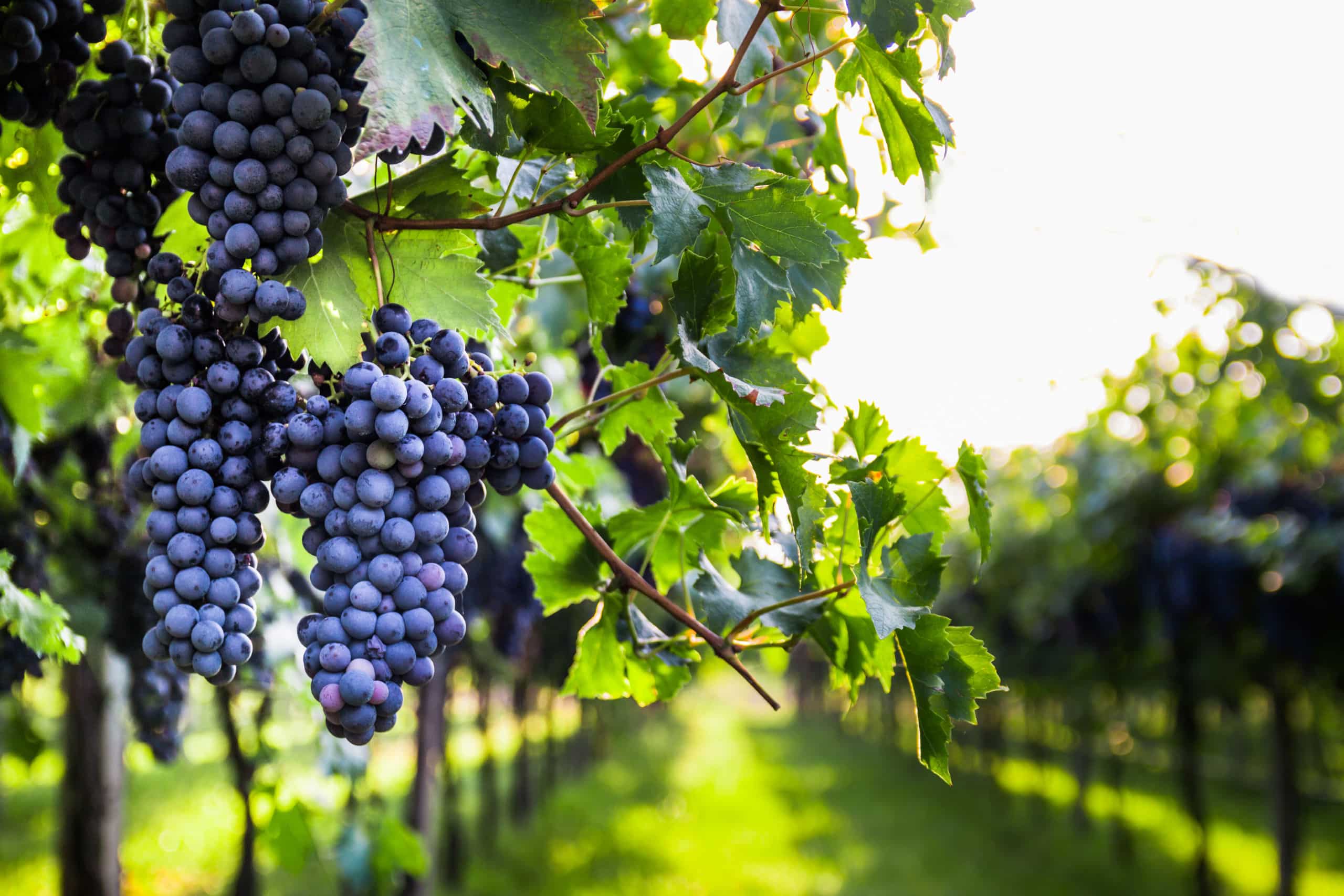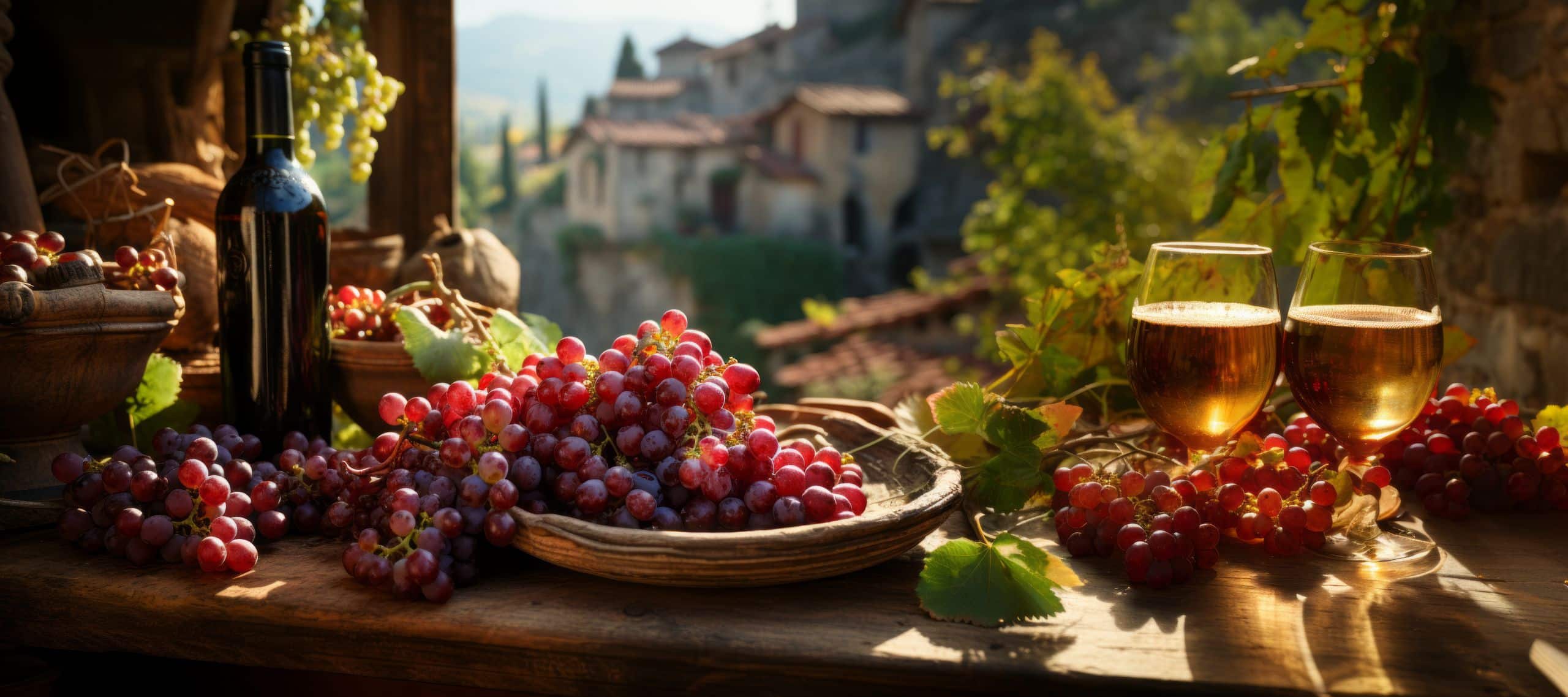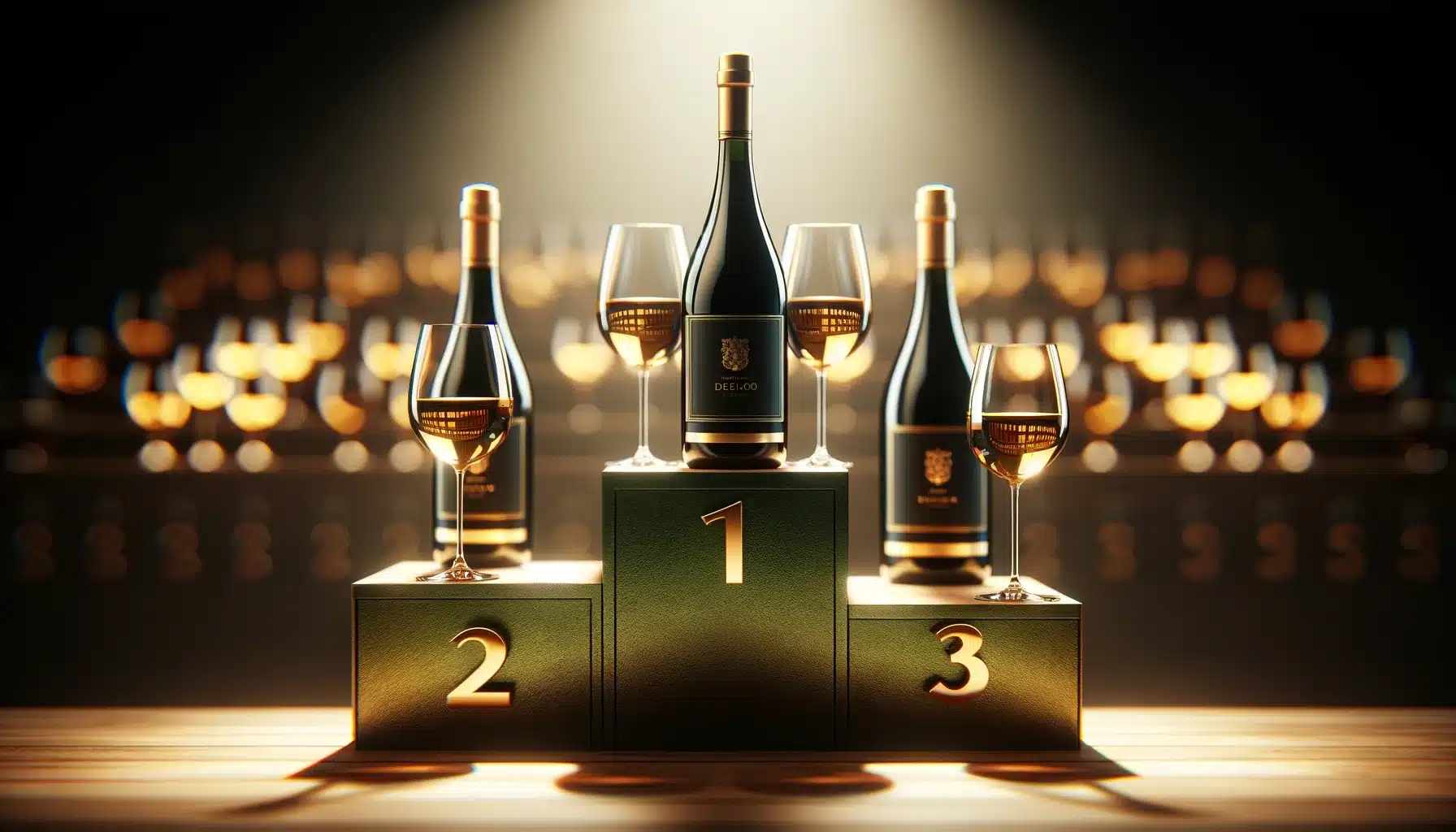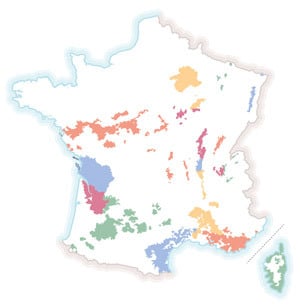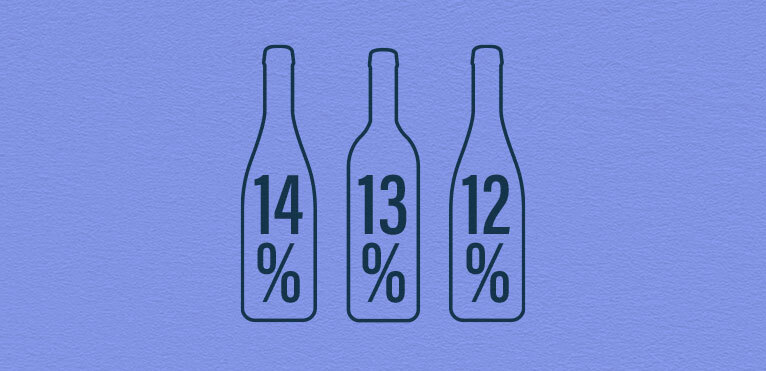
Contents
The degree of alcohol is a notable characteristic of a wine, which must be indicated on the label. We often hear that southern wines are more alcoholic and northern wines lighter in alcohol. But what is it really? What influence does alcohol really have on tasting?
Where does the alcohol in wine come from?
Naturally, the alcohol in wine comes from the fermentation of natural sugars contained in the wine, during alcoholic fermentation. We can also increase the sugar content of wine, thereby boosting its alcohol content: this is called chaptalization. However, this method is rarely used today, as it means introducing exogenous elements into the juice.
To obtain a dry wine, we leave it to ferment until the sugars disappear. To make a sweet wine (mellow, syrupy, etc.), we stop fermentation before it is complete.
For sweet grapes, abundant sunshine and an adequate supply of water are essential for perfectly ripened berries. Late harvests can also be carried out to obtain grapes that are overripe and therefore sweeter. The development of noble rot on the grapes, with an abundant supply of water under the right conditions, can also lead to sweeter wines.
What is the alcohol content of wine?
Regulated by an international standard, the alcohol content on wine labels must be clearly legible, with a tolerance of 0.5%. It corresponds to the number of ml of ethanol per 100ml of wine, is expressed as a percentage, and can be called alcoholic strength by volume (ABV). It is generally found between 12 and 14 degrees.
What influence does alcohol content have on wines?
The degree of alcohol determines the perception of fat and body on the palate. However, the balance of the wine complicates matters.
For a red wine, the balance is between alcohol, acidity and tannins (only alcohol and acidity for a white wine). A wine where the acidity counterbalances the alcohol level will be much more enjoyable than one that is poorly balanced, even if it is 1 or 2 degrees higher in alcohol.
What might be mistaken for an alcoholic wine is sometimes a tannic wine. Tannins, derived from grape skins, seeds, bunches and wood from new vats, when strong and abundant, give the wine its full-bodied or astringent character. They can assault the tongue and palate (full-bodied) or dry it out and give the impression of dark chocolate or nuts (astringent).
In short, a wine’s alcohol content is not determined by a single factor, but rather by the balance it strikes with acidity and tannins, which plays a vital role in the quality of the wines tasted.
Photo by Alfred Laurent / Twil
